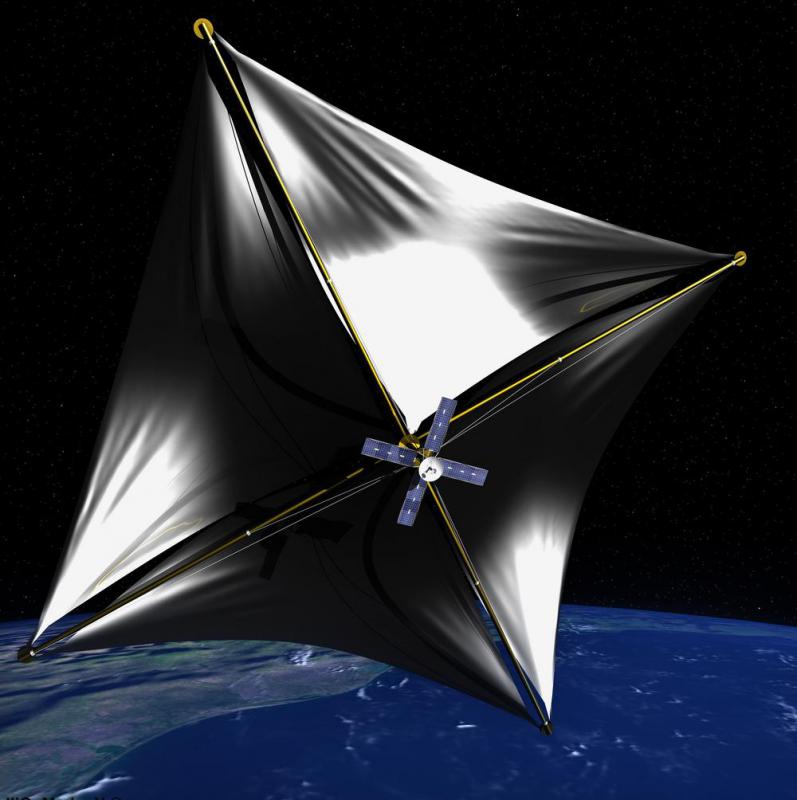At WiseGEEK, we're committed to delivering accurate, trustworthy information. Our expert-authored content is rigorously fact-checked and sourced from credible authorities. Discover how we uphold the highest standards in providing you with reliable knowledge.
What Are the Properties of Light?
The term "light" can be used to refer to visible light, which is electromagnetic radiation of a wavelength that can be perceived by the human eyes, or more generally to electromagnetic radiation of any wavelength. There are many different properties of light that are shared by all electromagnetic radiation, including its speed in a vacuum, ability to be reflected, and wave-like behavior in most situations. Different properties of light may be exhibited by different waves of light. Such variable properties include wavelength, frequency, intensity, and polarization. The quantum mechanical properties of light are of particular interest in physics and chemistry and are based in the fact that light behaves both as a wave and as a particle.
A variety of different properties of light can be used to describe and classify any given wave of electromagnetic radiation. The wavelength of light describes the distance between two peaks in the wave or the distance between repeated sections in the wave. Frequency describes the number of repetitions that occur over a given period of time. Other light properties, such as intensity and polarization, can also be used to classify specific light waves.

Light travels through a vacuum at 186,282 miles per second (about 299,792,458 meters per second). This speed is known as the "speed of light" and is extremely important in physics for a variety of reasons, including its place in Einstein's theory of special relativity. The theory states that "the speed of light in a vacuum is the same for all observers regardless of their motion or of the motion of the light source." Thus, the light emitted from a light source moving at nearly the speed of light travels at the same speed as that emitted from an immobile light source. Special relativity leads to phenomena such as time dilation, length contraction, and the idea that maximum speed is necessarily finite.

Quantum mechanical properties of light are mostly related to wave-particle duality — the fact that light behaves, at various times, like a wave and like a particle. Experiments have demonstrated wave-like light properties, such as interference, polarization, and diffraction. An experiment demonstrating the "photoelectric effect," however, demonstrated that light also exhibits particle-like properties that something entirely wave-like could not demonstrate. The basic "particle" of light is known as the "photon," which is defined as a single quantum of light, or the smallest physical "quantity" of light that can exist in a single unit.
AS FEATURED ON:
AS FEATURED ON:












Discuss this Article
Post your comments